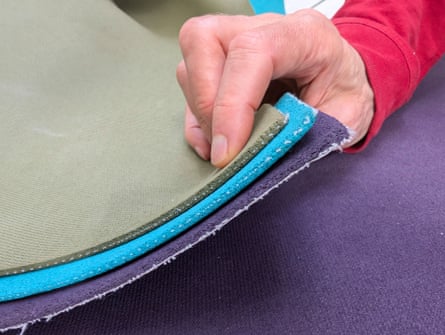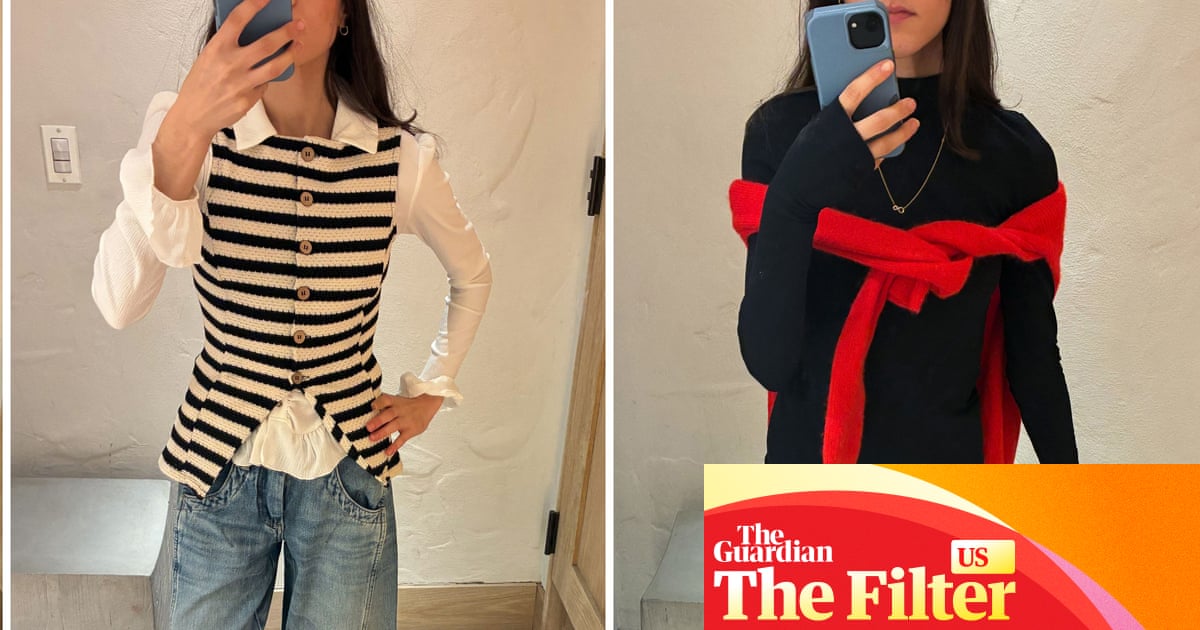The original yogis didn’t have rubber mats, or foam ones, for that matter. They had bare ground, grass mats and animal skins, if they were lucky. So when my wife suggested I spend $90 on a natural rubber yoga mat like the one she had, I balked. Is that really necessary?
It turns out the answer was yes. Ten years later, I’m still using the JadeYoga Harmony mat I sprang for, and I’m no longer a skeptic, I’m an evangelist. Natural rubber provides enough cushion for comfort, enough grip to safely push my limits, and the durability of a truck tire.
From sedentary to centered
Yoga wasn’t always a part of my life. A decade ago, I was desk-bound with occasional bursts of activity, and the creaky joints and stiff muscles to show for it. My wife Tracey and I tried various exercise routines, including fitness videos, going on walks, and even gamifying exercise with Nintendo’s Wii Fit. Nothing ever stuck.
Then Tracey discovered yoga through online classes, starting with the same cheap $20 foam yoga mat you can find in the fitness aisle of any local big box store. Only a couple of months in, I noticed yoga was different for her. It became a daily ritual for her that provided movement and also set a nice mood for the entire day. After getting serious, Tracey upgraded to a natural rubber mat, like the ones yoga instructors use.
JadeYoga Harmony
$79.65 at Amazon
$91.95 at JadeYoga

I started to feel like I was missing out, so I grabbed her hand-me-down foam mat to join her, and experienced a surprise: I didn’t expect yoga to be simple, but I was shocked at how unsteady I felt and how challenging it was to hold what looked like an easy pose. While the squishy foam was soft on my knees, it made me feel awkward and wobbly. Balance is a big part of a physical yoga practice, and I became frustrated with my lack of progress.
After struggling for a couple of months, Tracey recommended getting the same mat she used. Even though my foam mat was already wrinkling and tearing, I hesitated. But I knew I needed more movement, and yoga was an easy, at-home option that didn’t take much space, so I reluctantly agreed to invest in a proper mat.
What a difference. Instead of a shaky stance, I could hold poses long enough to feel like I was accomplishing something. Though the fiber-reinforced rubber was less than half as thick as the foam and not nearly as plush, it provided a comfortably soft but resilient and remarkably grippy surface that I could rely on.
Why it works
Natural rubber yoga mats have an unbeatable grip. An independent test by the German non-profit Stiftung Warentest found that natural rubber yoga mats outperformed all synthetic mats, offering superior grip even when wet. That’s especially important for poses like a wide-stance warrior pose, or a deep twist, when slipping could cause an injury.
It’s also a renewable natural resource, made from the sap of the rubber tree. Dean Jerrehian, the president at Jade Industries Inc, told me that the company “chose natural rubber for its yoga mats since it’s a durable and sustainable material that doesn’t require cutting down trees”. While sap extraction is energy-intensive, a 2017 study found rubber to be more eco-friendly than synthetic alternatives. Natural rubber doesn’t off-gas volatile organic compounds, either. (Though it’s not a good choice if you have latex sensitivity.)

Despite advances in materials science, rubber is still the top pick for durability, too. From heavy-duty tires to eco-friendly footwear, natural rubber handles wear and tear. Jerrehian says the mat’s fiber reinforcement, an embedded polycotton scrim, prevents stretching. After 10 years of daily practice on the same mat, I can attest to that: I would have worn through a dozen foam mats in that time.
after newsletter promotion
A decade of wear
I’ve spent more than 1,000 hours on my JadeYoga mat, but I know it’s past time for a new one. It isn’t as grippy as it once was. I have a hole the size of a pencil eraser at one end, and a palm-sized thin spot at the other end, where I can see the embedded fibers. To compensate for the inevitable wear caused by stretching, twisting, and sliding, I now shift my hand and foot placement forward a couple of inches.

I haven’t abused my mat, but I also haven’t babied it. I use it outdoors sometimes, for general-purpose exercise, and sometimes even for extra grip under foot when I wear virtual-reality headsets. An occasional scrub with soapy water keeps it smelling fresh, and I roll it up when I’m finished using it.
What do I do with my old mat?
My wife ordered her second JadeYoga mat four years ago, and now it’s my turn. But my wonderful mat won’t go in the landfill. I’ll roll it to use as a pad, or cut it up to use as smaller mats, as I did with my wife’s retired mat. A mini-mat can add a second layer of knee padding, cushion weights, or extend a new mat. Even after 10 years, my JadeYoga mat has many more years left in a new life.
For more ideas on products that built for the long haul:
-
This versatile Japanese chef’s knife has lasted longer than some of my relationships
-
These $45 sandals with a 5,000-mile warranty outlasted my Birkenstocks
-
Will these $23 socks last my entire life? I took 150,000 steps to find out
-
Alan Truly is a consumer journalist who enjoys sharing insights and recommendations on fitness, outdoor gear, kitchen tools, life hacks and more. Based in Nova Scotia and raised in the American south-west, he has faced the extremes of hiking blistering Arizona trails and navigating an icy Canadian forest in the winter. Since 2020, Alan has been covering a range of interesting topics and essential products.
-
The Filter US series Buy it for Life recommends high-quality products that are built to last. Have a buy it for life product recommendation – or disagree with our review? Email [email protected].

 3 months ago
93
3 months ago
93

















































